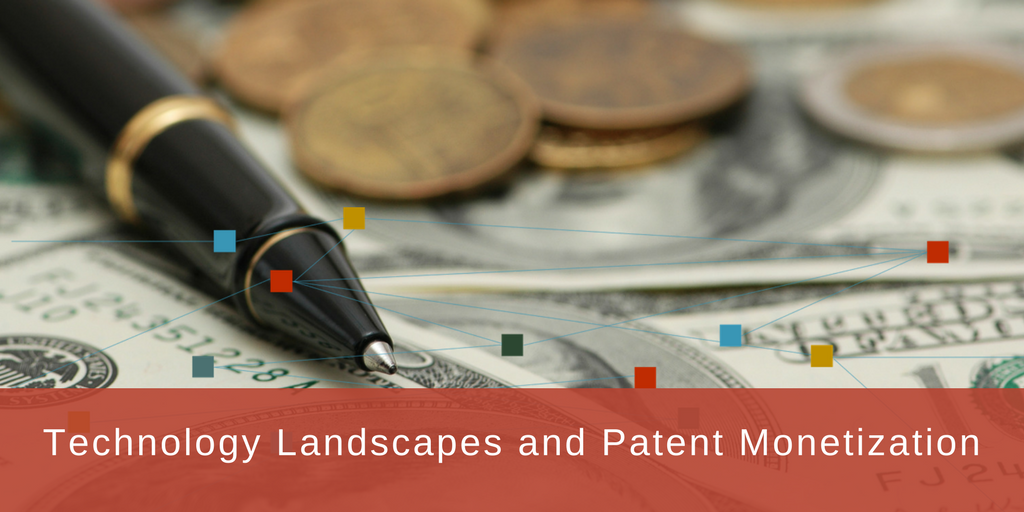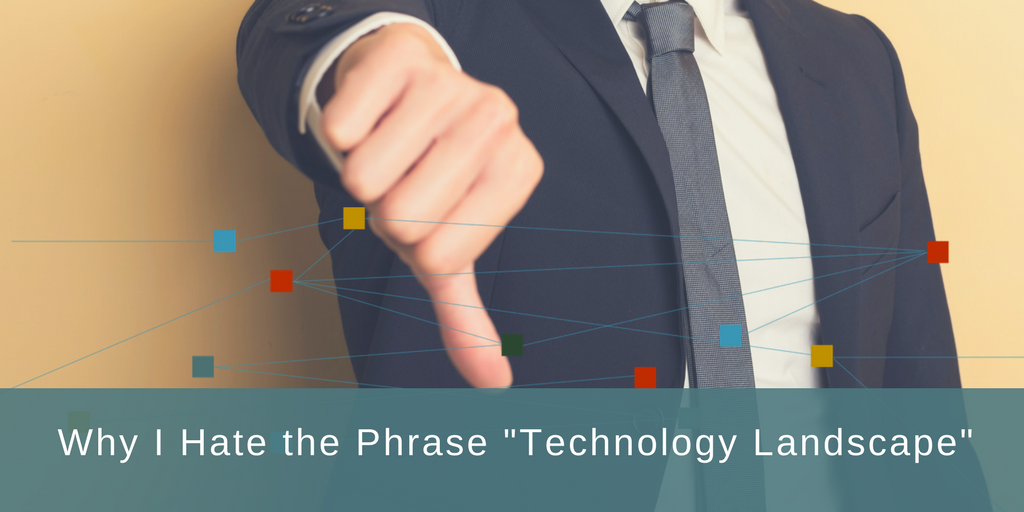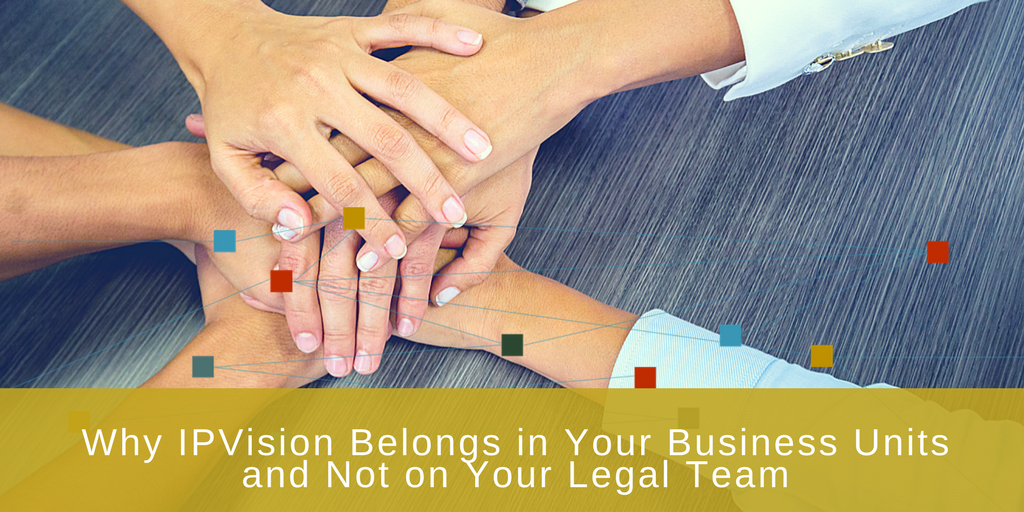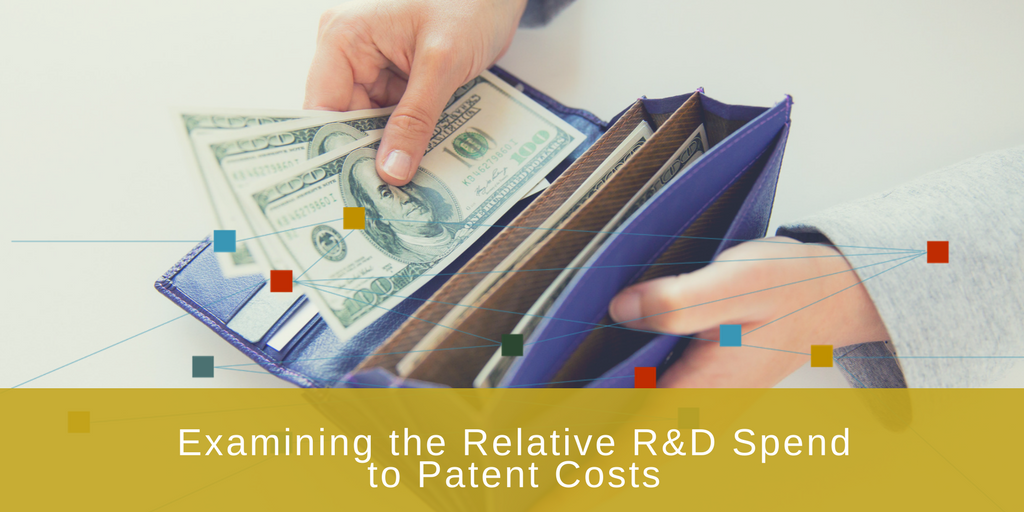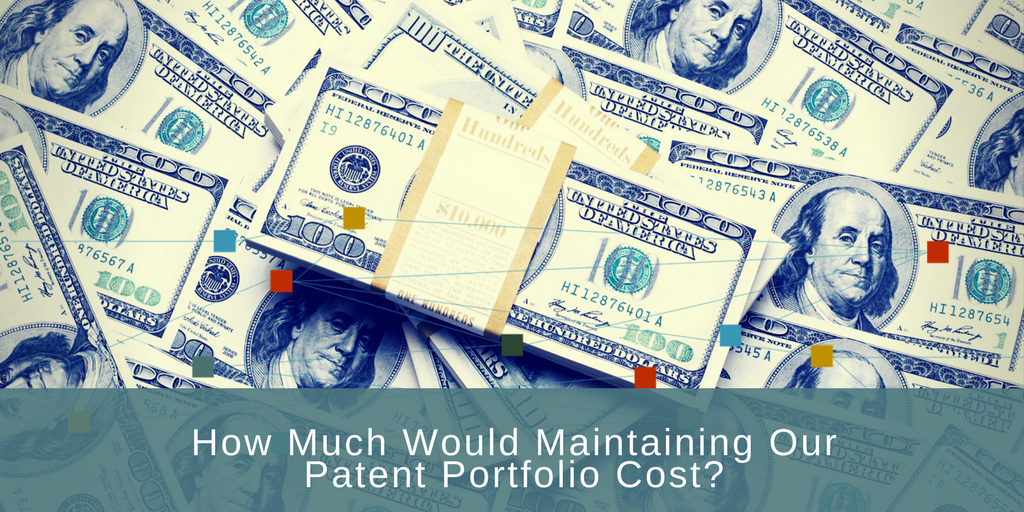This is the fourth in a series of articles about technology landscapes, or patent landscapes. In the first post “Why I Hate the Phrase ‘Technology Landscape’,” we explain that the phrase “technology landscape” means different things to different people in different contexts. In the second article “Technology Landscapes and Patent Monetization” we discuss how a technology landscape is only the starting point towards making business decisions regarding patent monetization (making money on your patents). The third article investigated the use of a technology landscape to support a corporate growth strategy for an emerging company.





